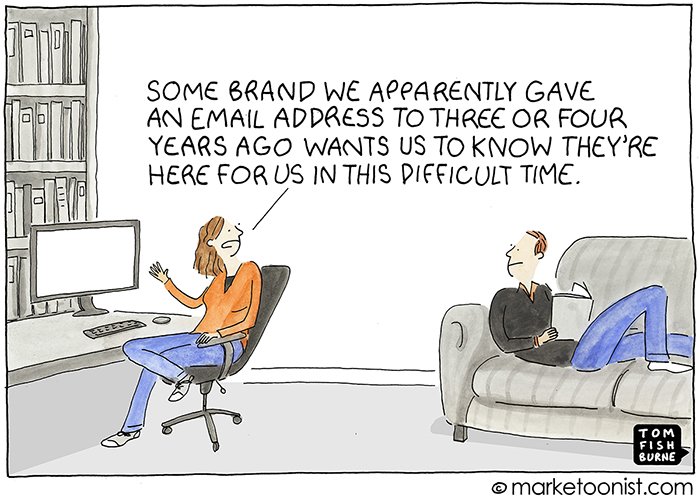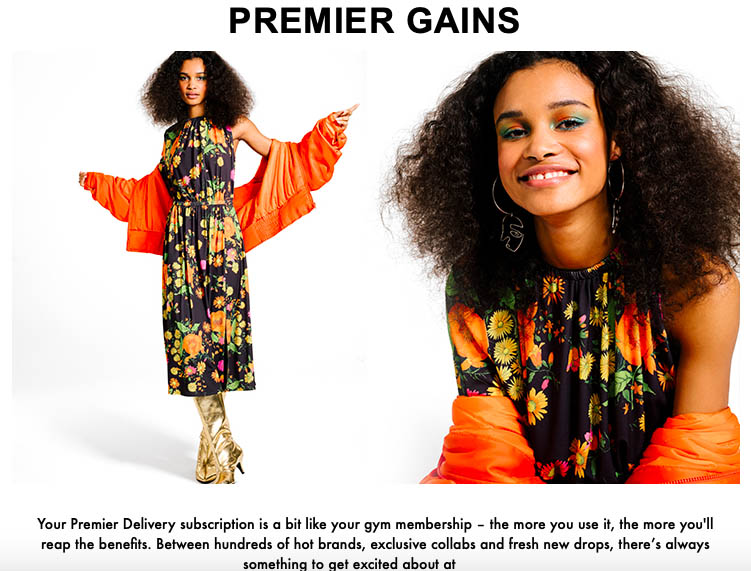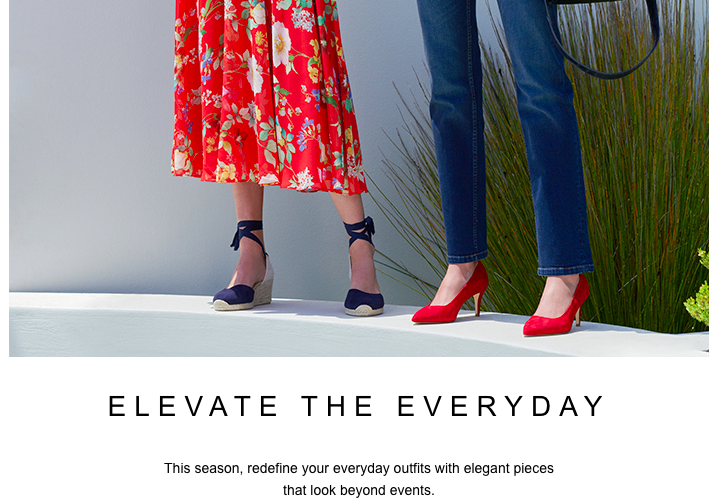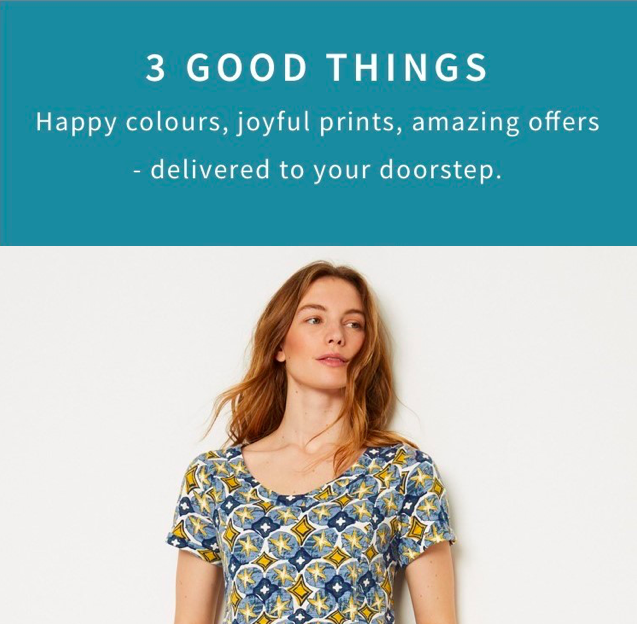Tom Fishburne’s Marketoon recently featured two people working from home. The woman says: “Some brand we apparently gave an email address to three or four years ago wants us to know they’re here for us in this difficult time.”

And yes – we’ve all received (and probably sent out) more than a few emails like these in recent days.
But there has also been an equal number of emails from brands who seem to have not read any news for the past four weeks. “Step into spring!” they urge. “Elevate the everyday,” they instruct. Then there are sales – with no acknowledgment of why anything is on sale.
They’re from brands that queued up their email marketing months ago – and who seem to be pretending the world isn’t in lockdown.
But it is. And we’re guessing no-one is buying clothes, or homeware or cars – or indeed, anything other than food and essentials right now. Because no-one is going out, and everyone is aware that the economy is not going to be the same again afterwards.

So where does that leave marketing? Should it all have a coronavirus slant? Or should we just stop doing it altogether?
Neither, we think. But we do think it’s simply daft to pretend that people’s priorities haven’t changed.
So here’s what we recommend…
Commercial marketing has two fundamental functions – and both play into one another:
- Getting people to buy from you
- Getting people to form a relationship with your brand
The ultimate goal of any commercial organisation is to get customers to spend money on your products and services. This means marketers have to make potential customers aware of their offer and to help them to see how it could make their life better in some way.
So far, so good.
But then the second part comes in. People are going to be less likely to buy from you – or even to hang around to find out more about what you have on offer – if they don’t like the look or sound of you.
This is one of the reasons that brand is so important. It gives potential customers a lens to see your offer through. In other words, your brand should make all of the following explicitly clear to potential and existing customers within seconds of them encountering it:
- What you do
- Why it’s needed
- Why it’s different and better than competitor offers
- The difference you make
- The relationship you have with customers
- The relationship you have with the wider world
What’s becoming apparent in a number of marketing emails, PPC ads and the like is that if you only try to sell things and don’t invest in a brand relationship – then you’ve got nothing to talk about in a crisis.
On the other hand, if you have a strong brand, you can use it as a platform to pivot from, even if you’re not selling anything at the moment.
Because when customers stop buying from you for a period, it doesn’t stop you having a relationship with them.
Let’s take a look at a clothing retailer, for example. It may know that by and large, its customers turn to it for:
- Female workwear
- Female occasion wear
Its offer is higher-end High Street and its values could easily be about quality and tradition. It has closed all its shops and its online offer is barely being used. This is because its ideal customers aren’t going to work – and they’re not going to weddings or parties either. They’re probably also holding onto their money, because like everyone else, they don’t know what’s going to happen next or if they’re going to have a job to return to when the virus crisis is over.
Not only is it a bit pointless urging these people to “Step into Spring” with a new dress or pair of espadrilles, it also feels a little insensitive.
This fashion retailer should stop trying to get people to buy shift dresses – however reduced in price they might be – and instead focus on reinforcing relationships in this time of crisis.
They know they fulfil two main purchasing needs for their customers – work and occasions. For years, they have been relied on to provide quality for work and weddings. So there is nothing to stop them being a reliable source of information about both these things.
Instead of putting the emphasis on selling in their email marketing, they could take a more newsletter approach – offering insights and ideas about home working and creating communities for their customers to share tips and experiences.
They could offer reassurance about events that have been postponed – as well as ideas on nice ways for guests to acknowledge days that should have been weddings or other special occasions.
Customers will remember brands who were present, realistic, helpful and relatable throughout this crisis
Why should organisations facing unprecedented turmoil and existential threat do this? Well for one, because it’s the decent thing to do. If customers would normally have been buying your shift dresses, then it’s good form to be there for them when the world has tipped upside down. And as well as doing the right thing, there’s a solid commercial reason too. When this is all over, are customers going to return to the brands that showed themselves to be real, sympathetic and there with them? Or are they going to snap back into “Step into Spring” mode? We tend to think they’ll remember the brands who were present, realistic, helpful and relatable throughout.
The problem for some organisations is that over the past few years they’ve prioritised digital marketing funnels. They’ve poured resource into Hubspot-esque models, where an impression, click or open is interpreted as a warm customer. And they’ve done it at the expense of investment in brand.
If your main focus is boosting the numbers of clicks and follows, it might seem like there’s no point in having unifying narratives, values and purpose.
Which is OK, when all you want to do is get people to react to a prompt to spend a relatively small amount of cash.
But when it comes down to it, it means you have nothing to say and nowhere to go when the selling is gone.
Perhaps this can be a new way of looking at what brand is and what it means. Brand turns out to be what you’ve got to say to your customers when you’re not asking them to buy.



